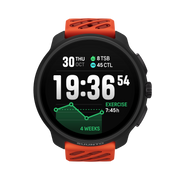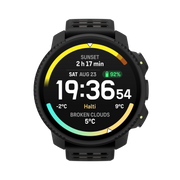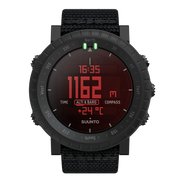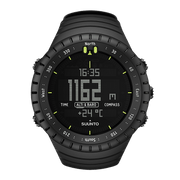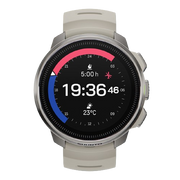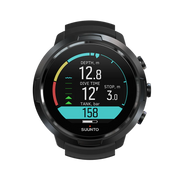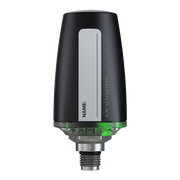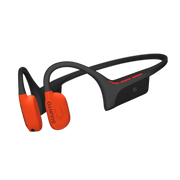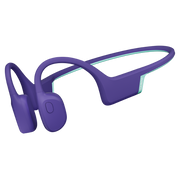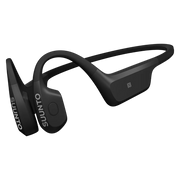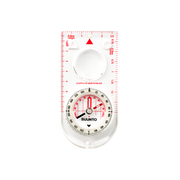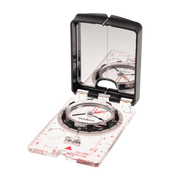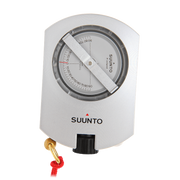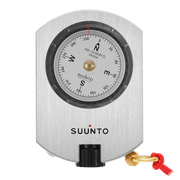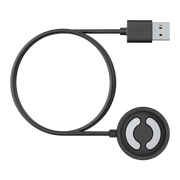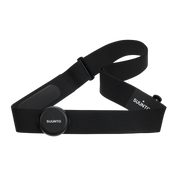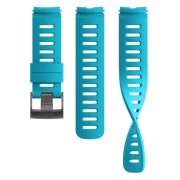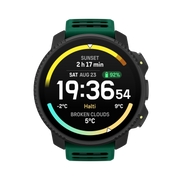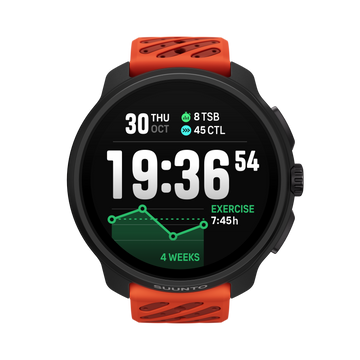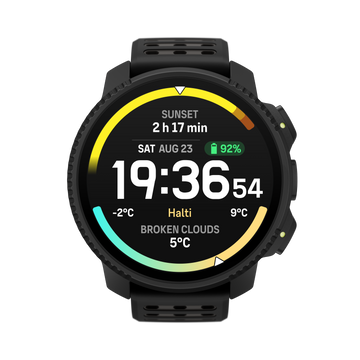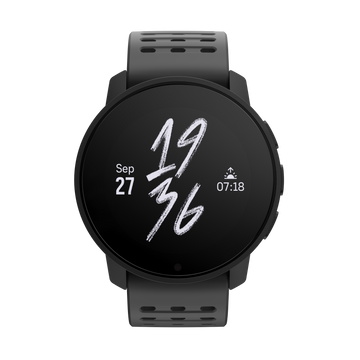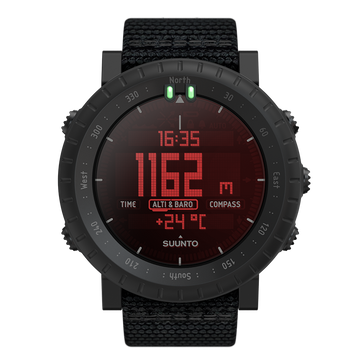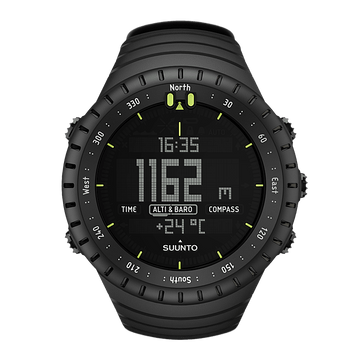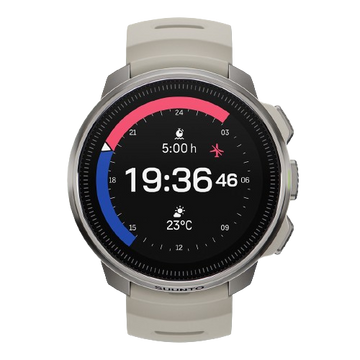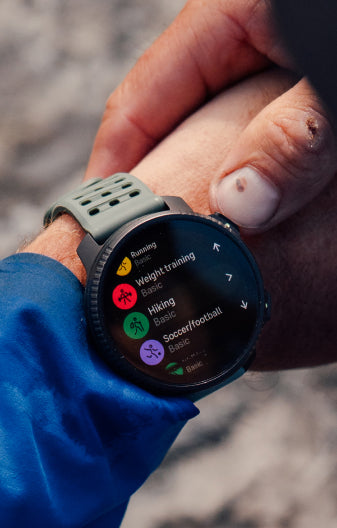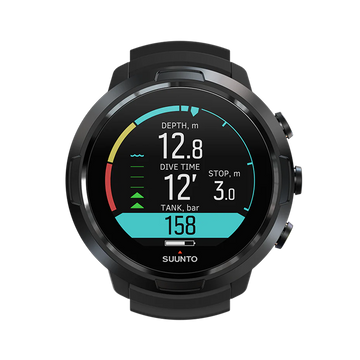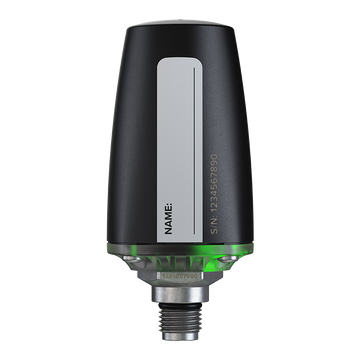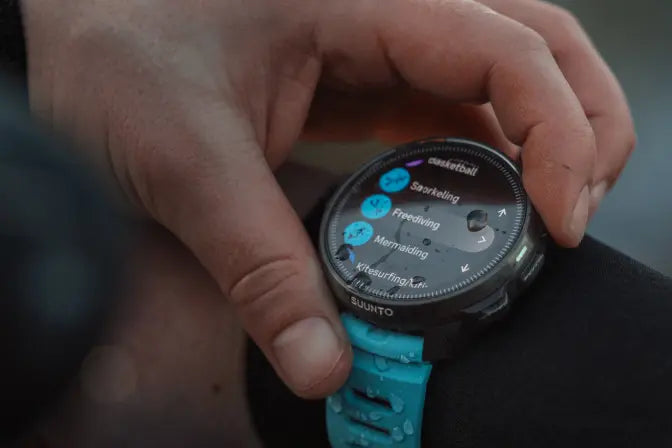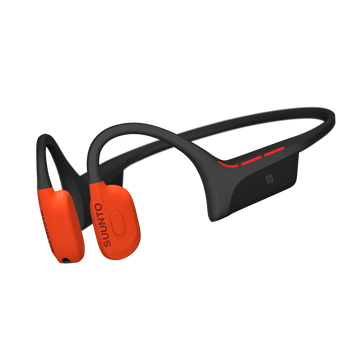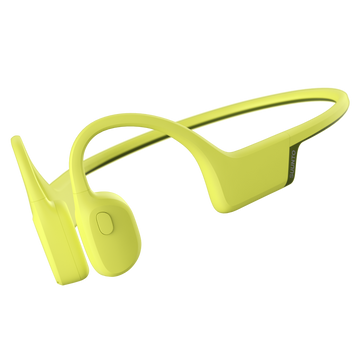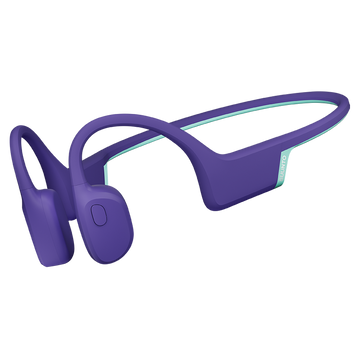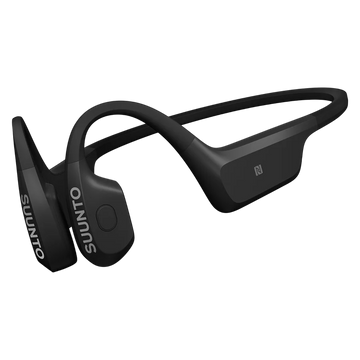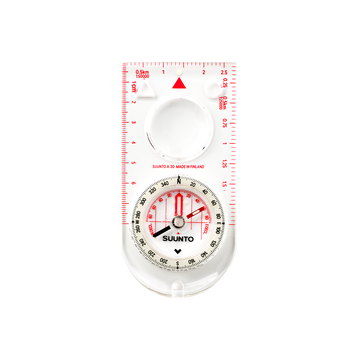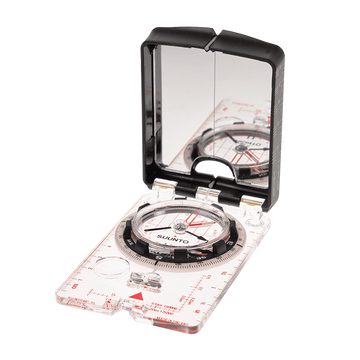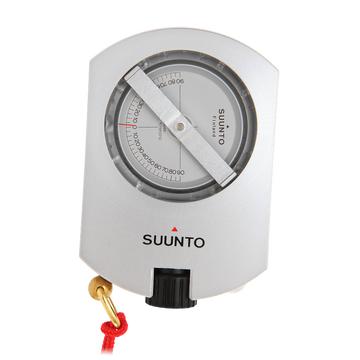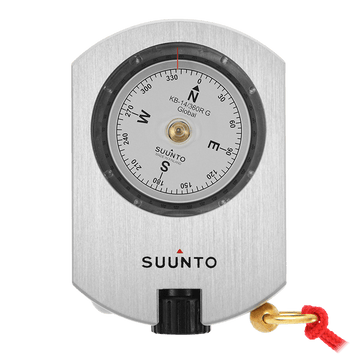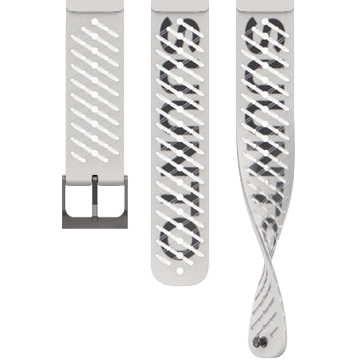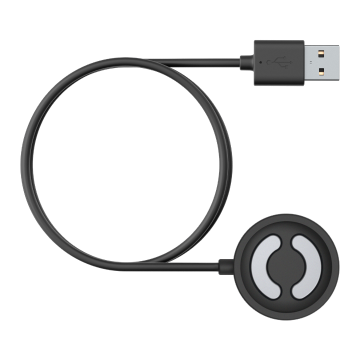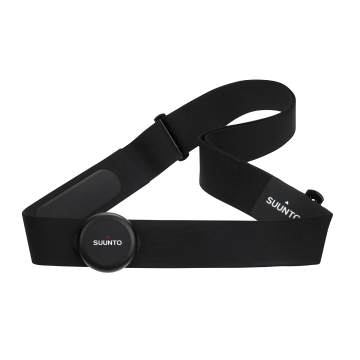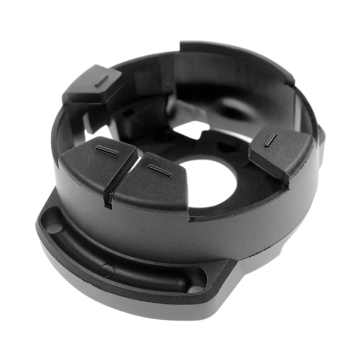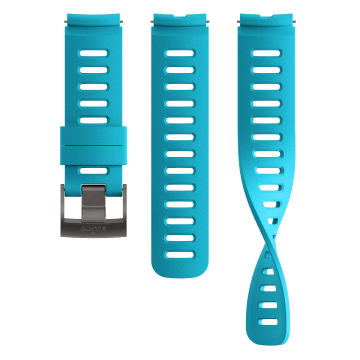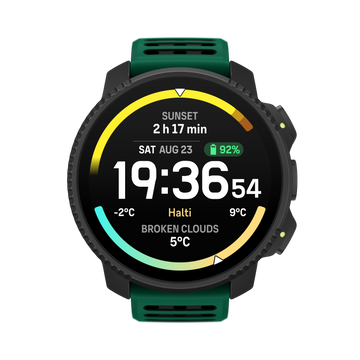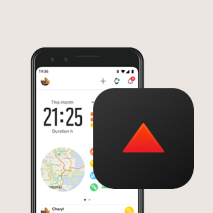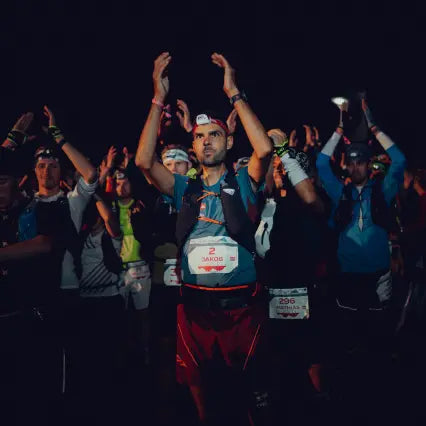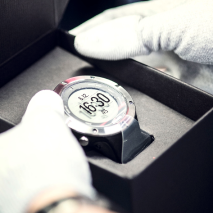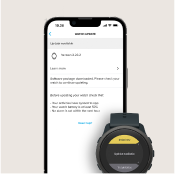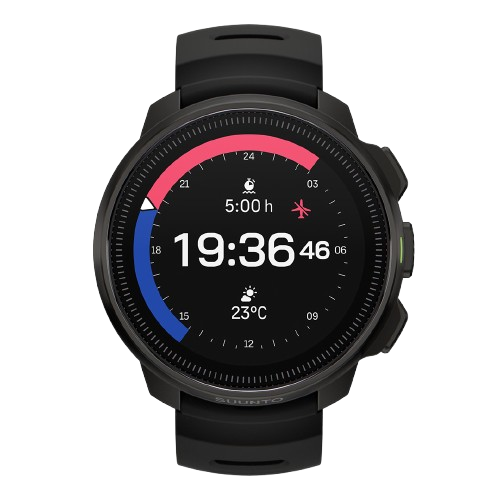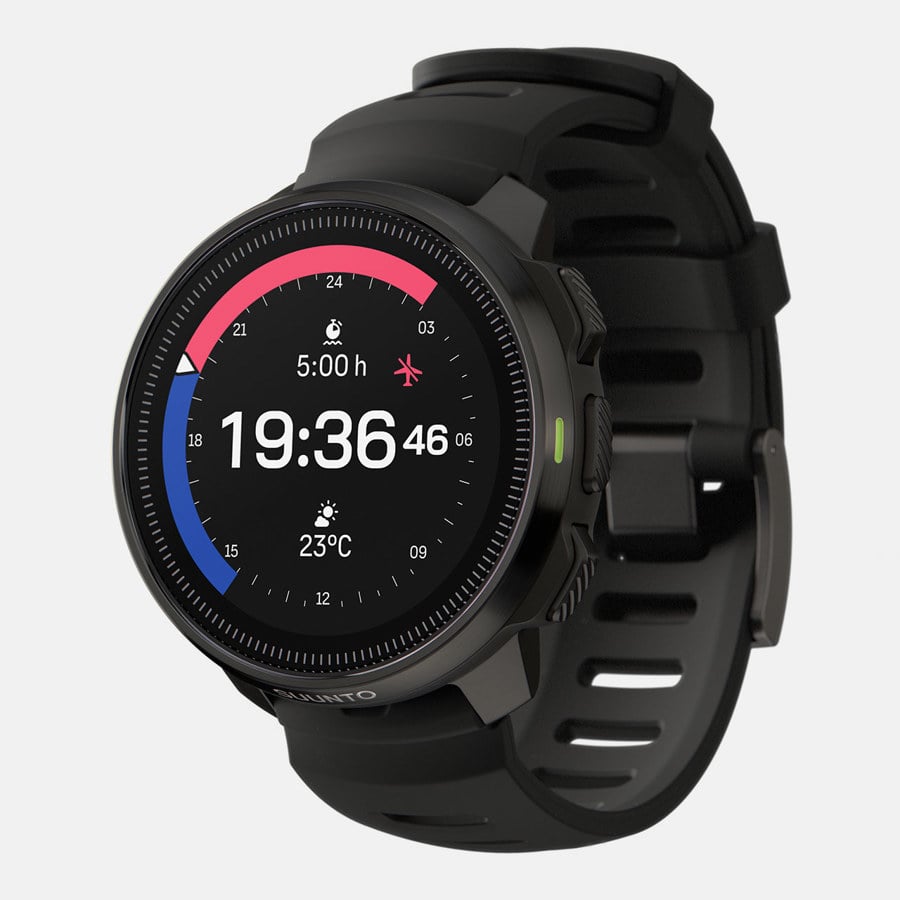Keeping track of your heart rate is vital for endurance athletes. In this article Suunto partner PerfectPace explains the ins and outs.
Knowing your max heart rate is an important guide for athletes. It gives you a roof for your training and indicates the level of intensity. On the other hand, one of the first signs of overtraining syndrome is an elevated resting heart rate. For endurance athletes doing high volume training this is essential to watch out for.
Identifying your maximum and resting heart rate is vital for the calculation of training zones. Particularly for endurance training these numbers are very important and they are not hard to come to. But there are a few things to consider.
How to Find Your Maximum Heart Rate
You have probably heard of the formula 220 minus age to get your maximum heart rate. Some say that this formula is not too exact but all in all the results are ok. Unfortunately that is not the case. In most cases the result is way off.
A Norwegian study on more than 3300 healthy women and men has tested their maximum heart rate. The graphic below shows the result. What we can see is that the average values for the whole population is on a straight line. But for most individuals their maximum heart rate is far from that line. The conclusion is that the formula works for the average global population but not for an individual.
When looking at the graph it is also evident that no formula can calculate the individual maximum heart rate. The results are just too scattered. The only way to get to your max HR is via a test.

Source: Age-predicted maximal heart rate in healthy subjects: The HUNT Fitness Study
How to Test Your Maximum Heart Rate
The maximum heart rate should be tested in your sport. Runners should run and swimmers swim. Triathletes should do a run test. The heart rate is the highest in running of all three sports. A max HR test is VERY demanding. You need to go to your limit and that will hurt.
A typical test for runners looks like this:
Warm up for at least 10 minutes. Now increase your tempo for 5 minutes until you get out of breath. This is the time to start a one minute spurt. It will hurt but you need to max out. Depending on your ability to push yourself you'll get close to your maximum heart rate.
To make the most of this kind of intensity training, consider using the Suunto Run sports watch. Designed specifically for runners, it accurately tracks your heart rate—even during short bursts—and helps you understand how close you are to your maximum capacity. With dedicated running modes, recovery insights, and real-time pace and effort metrics, Suunto Run keeps you in tune with your body, so you can train smarter and go further.
How to Find Your Resting Heart Rate
Like for the maximum heart rate there is no formula to calculate your resting heart rate. The resting heart rate is even more individual than the maximum heart rate. Some sport watches like Sunnto Run can measure your pulse while sleeping. In the morning you will have your resting heart rate.
If you don’t have such a device you can simply measure your heart rate right after you woke up. Untrained have a resting heart rate between 60-80 bpm. Endurance athletes might have only 35 bpm. The reason for such differences are adaptations to the cardiovascular system. The heart gets stronger and more efficient when under high load but also when resting.
What Is a Normal Resting Heart Rate?
For adults, a typical resting heart rate falls between 60 and 100 beats per minute.
In general, a lower resting heart rate indicates a more efficient heart and stronger cardiovascular fitness. For instance, highly trained athletes often have resting heart rates as low as 40 beats per minute.
Changes of the Maximum and Resting Heart Rate
The heart rate changes during your lifetime. Simply by getting older. A new born baby has a resting heart rate of 130-140 and it drops with every year. This is the reason why the formula 220 minus age came up. But there are a lot more factors than just age that influence your heart rate all the time. Therefore you should test again from time to time to make sure your training zones match your physiology.
But there are also short term changes in your heart rate. You won’t be able to reach your max heart rate every day. Also the resting HR is changing from day to day up to 15 beats per minute. reasons can be a cold or over training. By checking your resting heart rate regularly you can spot abnormal stress levels early and adapt your training.
What Is a Dangerous Heart Rate?
A dangerous heart rate refers to a resting heart rate that is abnormally high or low and may indicate an underlying health issue. However, context matters—well-conditioned athletes, for example, often have resting heart rates below 60 bpm, which can be perfectly healthy.
Several factors influence whether a heart rate is dangerous, including age, fitness level, sex, medical history, and the use of certain medications. Symptoms such as dizziness, chest pain, shortness of breath, or fainting—especially when paired with an abnormal heart rate—may signal a serious problem and should prompt medical attention.
Always consult a healthcare provider for heart rate concerns that seem unusual or are accompanied by other symptoms.

PerfectPace is the endurance training platform for triathletes that takes you a step ahead. For a steady performance gain you had to know a lot about training methodology to plan your training sessions. Especially in a sport like triathlon where three sports need to be planned correctly. This is where PerfectPace steps in. It offers not only unique statistics that up to now were only available in expensive desktop applications but it also helps to create a plan that boosts your performance with the help of artificial intelligence, big data and the latest advances in training science. PerfectPace considers not only your training activities but also rest days, tapering, even injury and your personal strengths and weaknesses.
